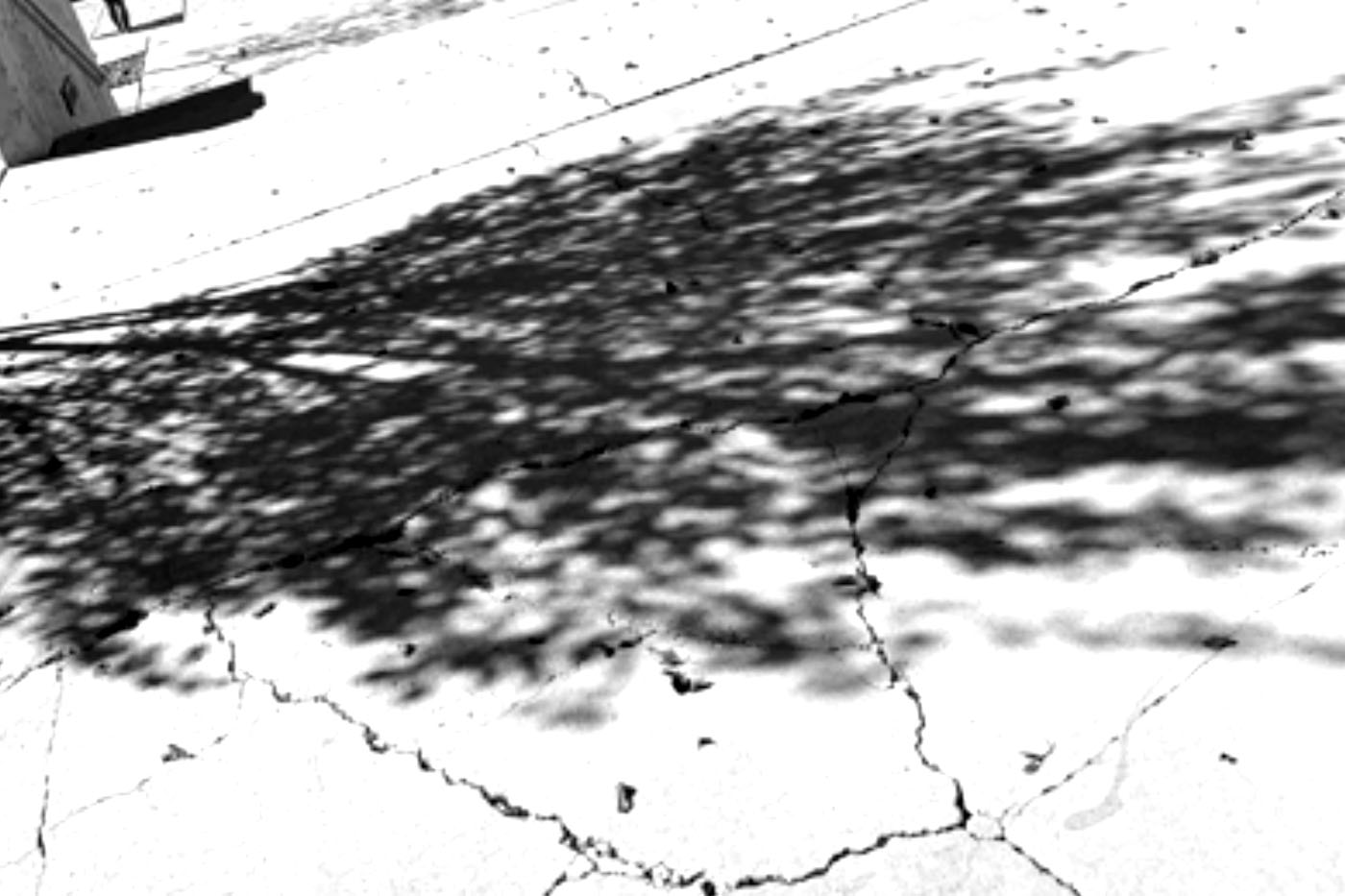
Math 098 - Spring 2019
A collection of visual and written ideas produced by the mathematical students of Western New Mexico University while working with adjunct faculty member, Tyler Bingham (Spring Semester 2019).
Purchase
Mazjane Alford
"Mathematics is not about numbers, equations, computations, or algorithms: it’s about understanding."
-William Paul Thurston

Taliyah Balladares
"Without mathematics, there's nothing you can do. Everything around you is mathematics. Everything around you is numbers."
-Shakuntala Devi

Tyrone Cephers
"I think math is a hugely creative field, because there are some very well-defined operations that you have to work within. You are, in a sense, straightjacketed by the rules of the mathematics. "
-Douglas Adams

Devin Corral
"Numbers written on restaurant bills within the confines of restaurants do not follow the same mathematical laws as numbers written on any other pieces of paper in any other parts of the Universe."
-Douglas Adams

Marina Garcia
"A person who never made a mistake never tried anything new."
-Albert Einstein

Lance Jones
"Without mathematics, there's nothing you can do. Everything around you is mathematics. Everything around you is numbers."
-Shakuntala Devi

Andre Neal
"How can it be that mathematics, a product of human thought independent of experience, is so admirably adapted to the objects of reality?"
-Albert Einstein

Noah Spurgeon
"Without mathematics, there's nothing you can do. Everything around you is mathematics. Everything around you is numbers."
-Shakuntala Devi

Eric Thomas
"Pure mathematics is, in its way, the poetry of logical ideas."
-Albert Einstein
Flatland - A Romance of Many Dimensions
I AM about to appear very inconsistent. In previous sections I have said that all figures in Flatland present the appearance of a straight line; and it was added or implied, that it is consequently impossible to distinguish by the visual organ between individuals of different classes: yet now I am about to explain to my Spaceland critics how we are able to recognize one another by the sense of sight.
If however the Reader will take the trouble to refer to the passage in which Recognition by Feeling is stated to be universal, he will find this qualification - "among the lower classes." It is only among the higher classes and in our temperate climates that Sight Recognition is practised.
That this power exists in any regions and for any classes is the result of Fog; which prevails during the greater part of the year in all parts save the torrid zones. That which is with you in Spaceland an unmixed evil, blotting out the landscape, depressing the spirits, and enfeebling the health, is by us recognized as a blessing scarcely inferior to air itself, and as the Nurse of arts and Parent of sciences. But let me explain my meaning, without further eulogies on this beneficent Element.
If Fog were non-existent, all lines would appear equally and indistinguishably clear; and this is actually the case in those unhappy countries in which the atmosphere is perfectly dry and. transparent. But wherever there is a rich supply of Fog objects that are at a distance, say of three feet, are appreciably dimmer than those at a distance of two feet eleven inches; and the result is that by careful and constant experimental observation of comparative dimness and clearness, we are enabled to infer with great exactness the configuration of the object observed.
An instance will do more than a volume of generalities to make my meaning clear.
Suppose I see two individuals approaching whose rank I wish to ascertain. They are, we will suppose, a Merchant and a Physician, or in other words, an Equilateral Triangle and a Pentagon: how am I to distinguish them?
By: Edwin A. Abbott - Exercept from, "Flatland - A Romance of Many Dimensions"

